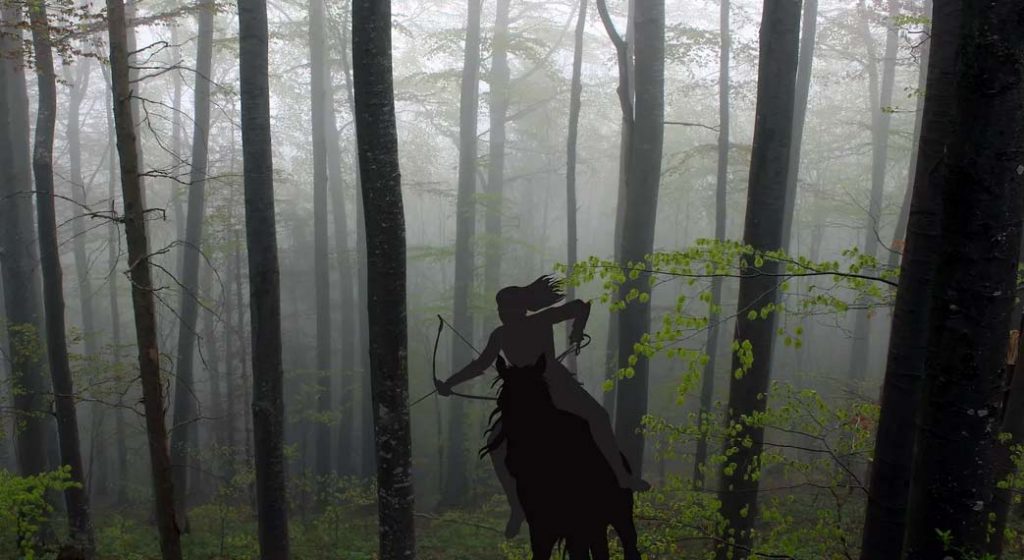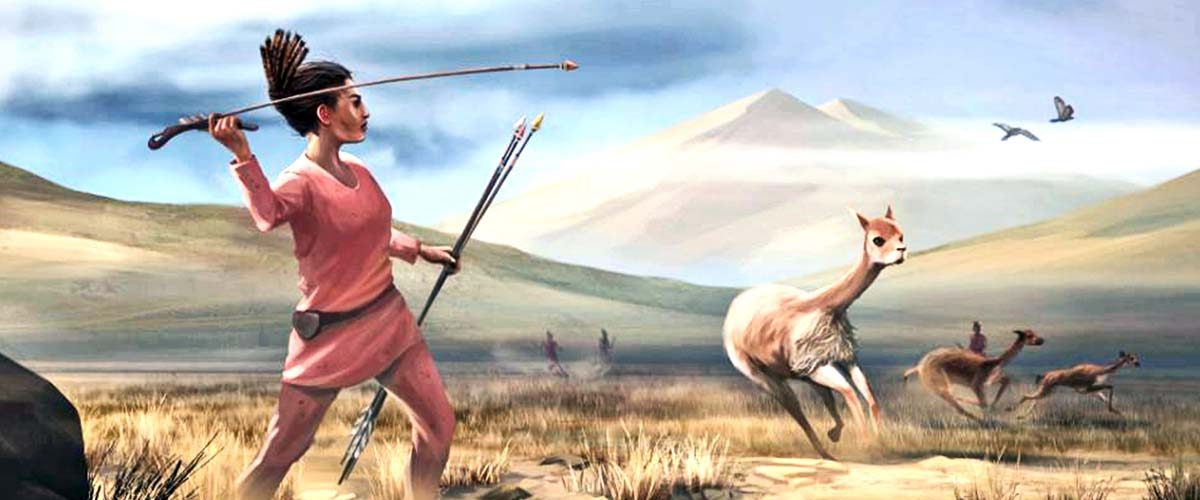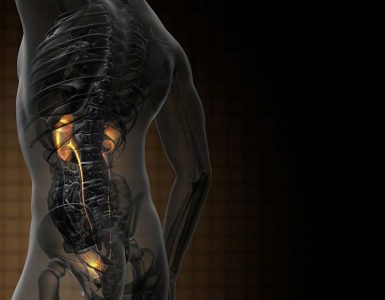Randy Haas, the assistant professor of anthropology, turned in a research paper revealing the unique history of female hunters in South America. In previous times males were the providers for the family while females dished up the meals.
The article in Sciences Advances pointed out that the labor practices are gender-based; however, the inequalities still thrives. Interestingly, the 9000-year-old female burial revealed a new theory referring to equity among the human species dating long back.

In 2018, an archeologist excavation at Peru found early burial and hunting tools, suggestive that the tools accompanied the same person in their lifetime. Based on protein analysis, James Watson and his osteologist team discovered, “ the hunter’s body was likely a female.” This intrigued the researchers towards a broader pattern of female hunters.
The publishing records of late Pleistocene and early Holocene burials throughout North and South America revealed 11 female hunters from 27 big game hunters identified. Thus, it was anticipated that female participation in big hunting games was likely non-trivial.
In addition, the team established “Wilamaya Patjxa female hunters as the earliest hunters in America.” Haas pointed, “ the female participation in these population was 30- 50% comparative to recent female hunters and capitalist society, solely occupying less than 30%.”
Various researchers employed different techniques to identify the early burial gender to understand more about their past. Parker, the forensic expert, used proteomic technique to identify the sex of each burial, whereas Jenny Chen extracted a distinct isotopic signature of meat components from their bones. Both techniques provided additional supporting evidence for Haas discovery.
This study uncovered new critical areas for future investigation for sexual labor division in older times with respect to different periods, places, and populations of America.
















Add comment